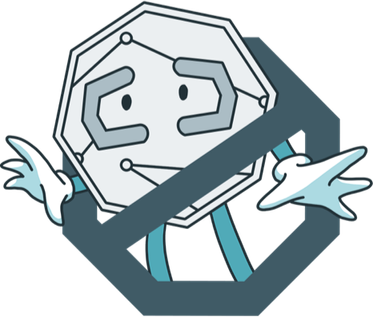

Polkadot
DOT$2.03
-$0.2329 (11.49%) 1d
關於
Polkadot, with its native DOT coin, is a blockchain ecosystem focused on interoperability and scalability. Polkadot has a main blockchain called the Relay Chain. Other compatible chains in the ecosystem, called parachains, function parallel to the Relay Chain.
History
Gavin Wood, Robert Habermeier and Peter Czaban founded Polkadot in 2016, although the project did not go live until 2020.
In 2020, Web3 Foundation, an entity that supervises Polkadot’s development, provided six validators to start up Polkadot as a proof-of-authority (PoA) blockchain. At the time, parties could express interest in becoming future validators. Polkadot’s blockchain transitioned from a PoA network run by six Web3 validators to a variant of a proof-of-stake (PoS) consensus called nominated proof-of-stake (NPoS) once the network gained enough outside validator interest.
Polkadot’s ecosystem
1Polkadot is essentially a blockchain and ecosystem with its own native coin, DOT. The Polkadot ecosystem is made up of multiple blockchains surrounding Polkadot’s mainnet blockchain, which it calls its Relay Chain. Working in a parallel manner to the Relay Chain, the surrounding blockchains in Polkadot’s ecosystem are known as “parachains.”
Parachains work as parallel, interoperable blockchains (although they do not necessarily have to be blockchains) that utilize Polkadot’s Relay Chain to finalize and confirm blockchain activity. Other separate siloed blockchains can also interact with the Polkadot ecosystem through bridges. A specific number of “slots” exist for parachain placement that work in tandem with the Relay Chain. If an entity wants to make a parachain and take a slot, it must win an auction and then lease the slot. “Parathreads” also exist, which are essentially bunches of parachains pooled into single slots.
Parachains in the Polkadot ecosystem help with scaling. Instead of trying to fit all use cases and solutions onto one blockchain, Polkadot’s parachains function as separate systems that can be tailored for specific uses. Then, activity on those parachains is gathered and organized into blocks by collators, who send those blocks to the ecosystem's main center — the Relay Chain. Then validators on the Relay Chain vote on whether or not to validate those blocks.
In the Polkadot ecosystem, validators are in charge of putting out each new block on the Relay Chain, which is the main lifeline of the ecosystem and provides security for the surrounding linked parachains. Nominators choose who gets to participate as a validator on the Relay Chain by staking their DOT with validators of their choice, which essentially acts as a vote. Compensation is typically awarded accordingly for these participants’ work.
Due to its technological makeup, the Polkadot ecosystem does not require forks when it undergoes upgrades.
DOT coin’s market dynamics
The Polkadot ecosystem relies on the DOT coin for multiple functions, including governance. Polkadot originally started with 10 million DOT coins. The original 10 million coins were split into 1 billion coins after DOT holders voted for the move. DOT is inflationary and has no maximum limit to its coin supply.
“Polkadot price” generally refers to the price of the blockchain’s DOT coin. Cointelegraph’s Polkadot price index shows Polkadot price today, as well as Polkadot price history, which is visible on the Polkadot price chart (also referred to as the DOT chart) above. For Polkadot news, see Cointelegraph’s Polkadot tag.
最新市場消息








